
Linda in Albany, NY
“Joe was a life saver in getting our kitchen drain running again. You guys are great in getting to us quickly and rescuing our day.”

“Joe was a life saver in getting our kitchen drain running again. You guys are great in getting to us quickly and rescuing our day.”

There are many types of valves used in a home. Since they are used to control the flow, its a good thing to know what they look like, to label what work they perform in your home, and check them periodically. Each type of valve works differently and their are always pros and cons to each type. Most are used in the home to control the amount of pressurized water that is coming in from your city water or from your welll. Some valves constrict the flow or shut it off entirely.
Ball valves are pretty popular and are used for the main water shutoffs in the home. They are also used in other supply lines. They are pretty darn reliable. They are called a ball valve becuase they have a ball with a hole in the middle. They have one lever and it is turned a certain way the valve is open. When the handle is parallel to the cope, it is open and when its perpendicular, the line is closed. So, it is easy to understand and they are either on or off.
Gate valves are also to be used when the water needs to be “on” or “off”. They are the most popular in plumbing valaves. They control the flow of the water by raising or lowering and internal “gate” inside the product. There is a knob at the top of the valve. Since you could wera them out if you are using them “half way”. This is not suggested. They are common and reliable on the main supply and to the branch lines in a home.
There are “football” shaped valves under your toilets and sinks called “supply” or “shutoff valves”. There are typically silver colored and they are small have have a turning handle or know and they can contol the amount of water going to a sink or toilet. Angle valves or angle stops have a 90 degree version. These valves are never used on main shut offs. They are used primarily on toilets and faucets allowing you to shut off those fixtures without having to shut off the water to the entire house.
Globe valves are used to regulate flow in plumbing applications. Globe valves are usually installed when the flow of water needs to be regulated or when it needs to be adjusted regularly. This sort of valve is raised or lowered by the valve knowvb. Inside it seals into a baffle to stop the flow of water. Globe valves are called this because they look globe-like or ball-like. Because globe valves are good for regulating flow, they are often used for the valves at outside hoses.
Check valves typically are used in water tanks around the home. Sometimes with other water storage tanks. They have an inlet where the water comes in and then an outlet where the water goes out. Most of the time the water is traveling in one direction. On a water tank, a check valve allows pumped or pressurized water to come into the tank. This valve does not allow the water to go back in. This is similar to a backflow preventer.
This type of valve is pretty important. Sometimes homes are tied into high pressure water lines from the City. If you have high water pressure, it can be hard on house hold plumbing and appliances. High water pressure can blow faucets off sinks! High pressure can hurt water heaters. Having a pressure reducing valve in your home reduces the dangerous pressure to an acceptable limit. They have a spring inside and a diaphragn that is adjusted to a certain limit. They regulate and do not turn water flow on or off. Water pressure-reducing valves are installed to reduce the water pressure to the desired or accepted limits.
Butterfly valves are cool looking. They have an internal disc that rotates to regulate the flow of water. Thewater flows around the disc, which is at the center of the valve, the water flow is reduced somewhat, even when the valve is fully open. If you want to control the rate of water flow, this can be perfectly with a butterfly. This valve should be watched and may require maintenance after a couple of years. Butterfly valves are not that common in a home. They are mostly used in commercial applications.
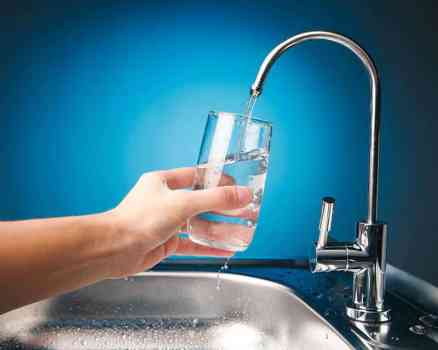
There are so many different brands, shapes, and sizes of filters in the Capital Region of New York. At E.W. Tompkins Plumbing, we think it is a good idea to change your water filters on a regular basis. We install whole-house filters and under-the-counter models. You may have a filter inside your water pitcher or have one in your basement or perhaps you have a model under your kitchen sink. Even your ice maker refrigerator has a filter in it needing change.
Why do Filters Need to be Changed?
At E.W. Tompkins Plumbing Heating Cooling, we see systems that use carbon, charcoal or a blend of filter media to help reduce impurities. These systems generally reduce contaminants in one of two ways.
First, some contaminants are filtered mechanically, meaning they are large enough to be trapped in the pores of the filter. Other contaminants adhere to the surface of the filter media. Eventually, the surface area of the filter media becomes filled and no more contaminants can be adsorbed. Or, in the case of mechanical filtration, the pores of the filter become so clogged with debris that water is unable to move through the filter effectively.
While the latter is easy to spot, since the flow rate of the water being produced by the system slows dramatically, it’s not as easy to tell when the surface area of the filter media has become full and needs to be changed.
How Often Should Filters be Changed?
The recommended filter change cycle varies from one product to the next. Home filtration systems usually have established “service cycles.”
The service cycle may be for a specific number of gallons or an estimate of the number of months that a cartridge will last in the average home. To ensure the filter continues to reduce contaminants, replace it according to the manufacturer’s recommendations.
Choose the Right Replacement Cartridge
At E.W. Tompkins Plumbing Heating Cooling, we suggest you mark your filter type on a sticker and apply it to the filter housing. This will help you remember what to order. There are many different types of cartridges and one may not fit another. Filters may look the same but there are differences and if you do not have the correct filter, water can go around the cartridge instead of going through it. If you want water filtered effectively, it is best to research the manufacturer’s filter replacement number.
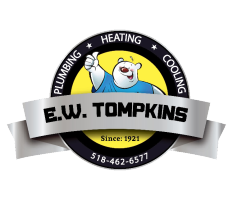
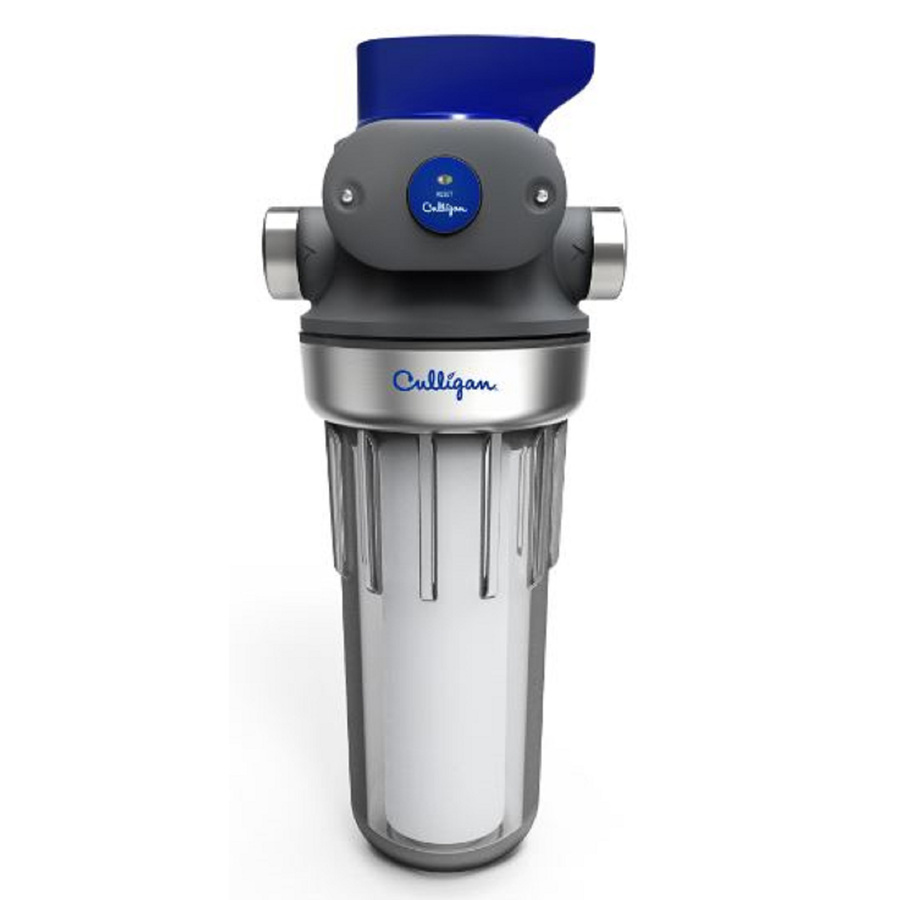
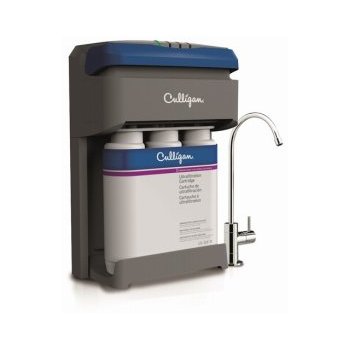

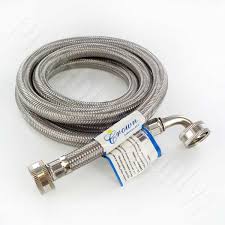

Washing machine hoses wear out. And when they do its typically at the wrong time and you are out of the house! The hoses are under a tremendous amount of pressure.
We suggest that when you go on vacation that you turn off the hot and cold water valvues behind the machine. It is easy!
We do suggest replacing them every five years. The investment in a purchase of a new set of hoses is less than $20. Certainly when you purchase a new washing machine you want to replace them at the same time.
Unless you are home and hear the leak of walk across the water on the floor the water is just going to cascade all over your home.
So, replace the hoses instead of having to replace flooring, carpeting, calling your insurance company and all else.
There are rubber hoses and then there are braided stainless steel hoses and then